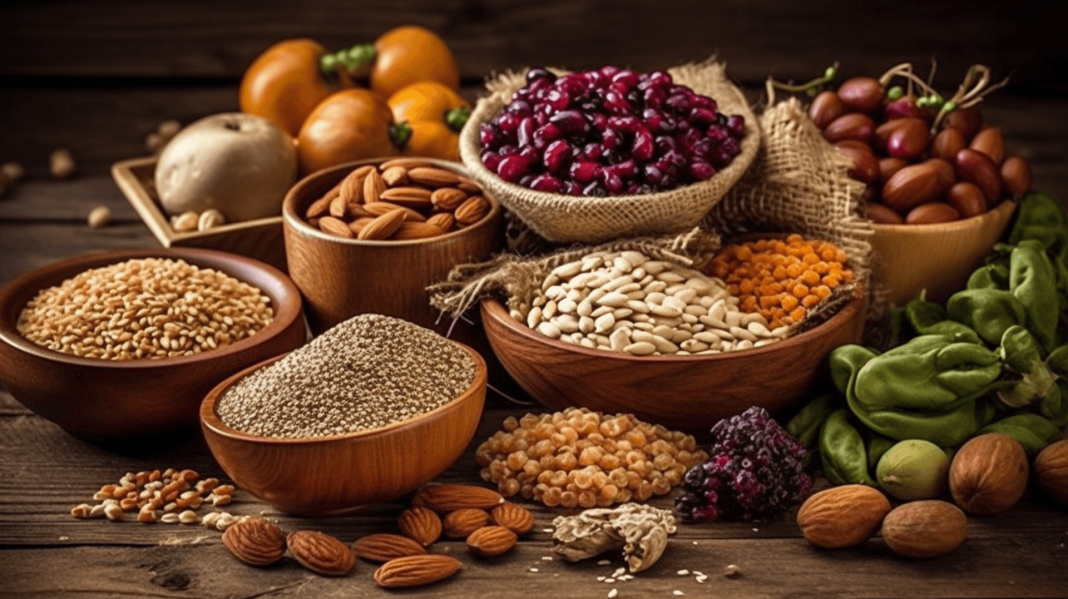This content is provided by Pioneer Bird Blood Sugar Management Software! It helps you record health indicators such as blood sugar and blood pressure, offers free tastings of sugar-free foods, and customizes diet and exercise plans to assist you in controlling your blood sugar.
Diabetes, as a common chronic disease, affects over one hundred million people in our country. Dietary control is an important part of daily life for diabetes patients. Finding a way to satisfy taste while effectively controlling blood sugar has become a focal point for those with diabetes. Today, let’s talk about what types of rice diabetics can eat without raising their blood sugar, and two delicious rice options that lower blood sugar.
First, we need to understand the principles that diabetes patients should follow when choosing staple foods. Diabetic patients should choose foods with a low glycemic index (GI), as low-GI foods have a slower blood sugar rise during digestion and absorption, which is beneficial for blood sugar control. Here are two types of rice suitable for diabetes patients that not only satisfy taste but also help lower blood sugar.
Brown Rice
Brown rice, as the name suggests, is rice that retains the bran, germ, and endosperm. Compared to polished white rice, brown rice has a higher nutritional value. Brown rice is rich in dietary fiber, which effectively slows down the digestion of food in the gastrointestinal tract and reduces the post-meal spike in blood sugar. Additionally, the chromium element in brown rice is beneficial for diabetes patients as it promotes insulin sensitivity and helps lower blood sugar.
Cooking brown rice is also simple; just soak the brown rice for 2-3 hours, then add water in the same ratio as you would for cooking regular rice, and it will be ready. Brown rice has a slightly rough texture but is highly nutritious, making it an ideal staple choice for diabetes patients.
Buckwheat
Buckwheat, also known as buckwheat groats, is a highly nutritious grain. Buckwheat has a low glycemic index and is rich in dietary fiber, protein, vitamins, and minerals. The rutin component in buckwheat has blood sugar-lowering and blood lipid-lowering effects, making it very beneficial for diabetes patients.
There are various ways to consume buckwheat; it can be cooked into porridge, made as rice, or used with other ingredients to make buckwheat noodles, pancakes, etc. Buckwheat has a unique taste, with a hint of its distinctive flavor, making it a good choice for diabetes patients looking to enhance their meals.
In the dietary management of diabetes patients, blood sugar assistants play an important role. They can help diabetics monitor their blood sugar in real time, analyze dietary structures, and provide a basis for formulating reasonable dietary plans.
Moreover, to help diabetes patients better enjoy food, some caring enterprises in our country have launched activities to distribute sugar-free foods for free. These sugar-free foods not only taste good but also do not contain sucrose, making them suitable for diabetes patients. Diabetics can pay attention to related activities to receive sugar-free foods for free and enjoy healthy and delicious meals.
In summary, when diabetes patients choose staple foods, they can try brown rice and buckwheat, both of which have a low glycemic index. While enjoying tasty food, do not forget to use a blood sugar management assistant to monitor blood sugar and reasonably adjust the dietary structure. Let’s work together to control blood sugar and embrace a healthy life!


